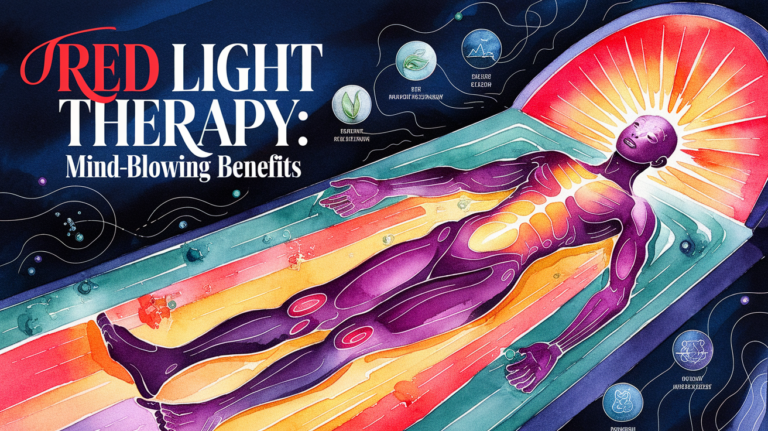Your Complete Guide to Finding the Perfect Paraplegic Mobility Scooter
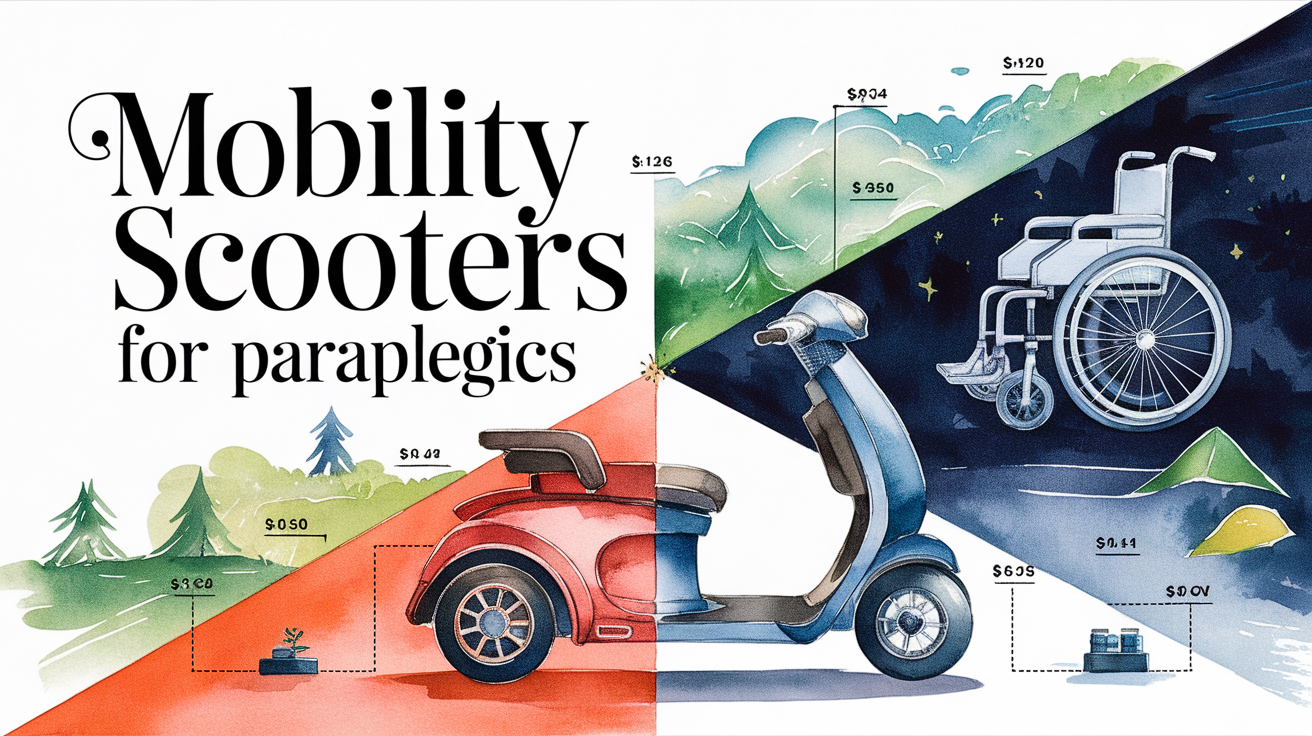
What Are Your Specific Mobility and Wellness Needs?
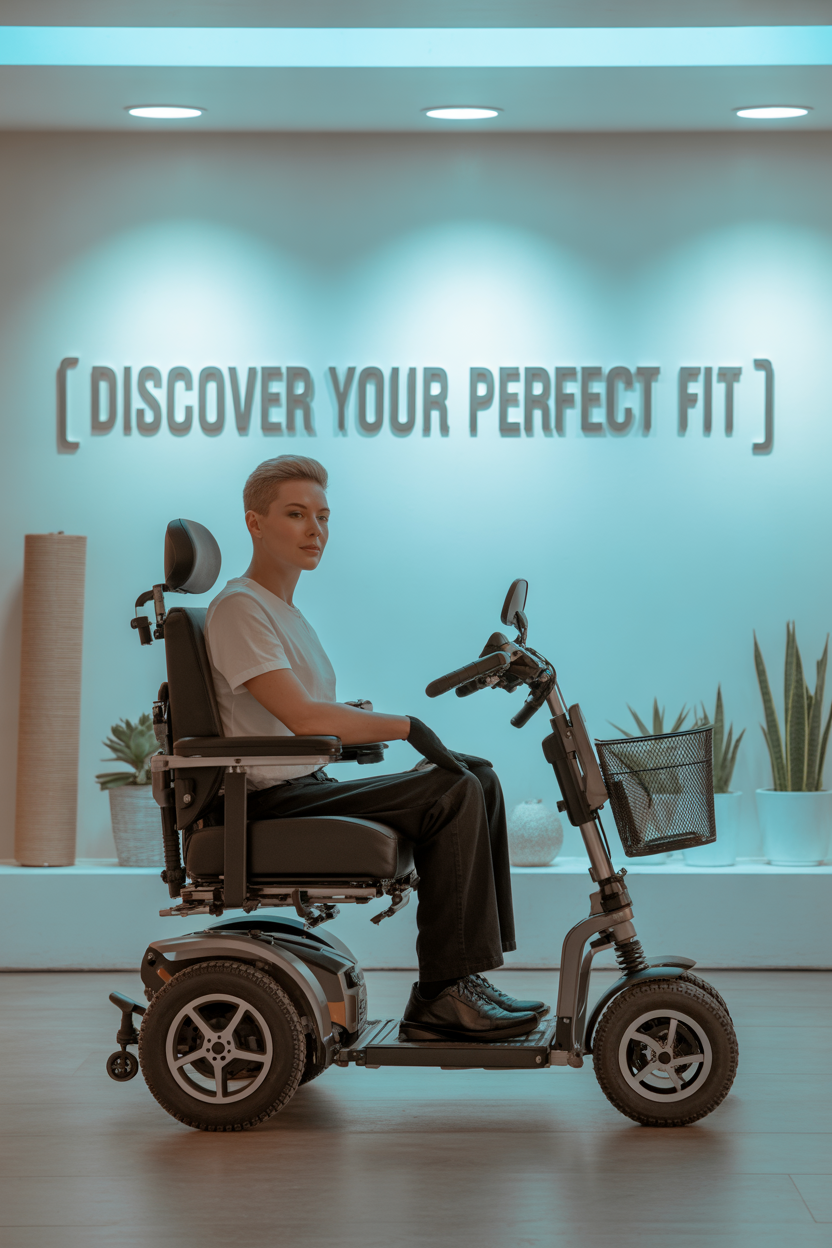
This article discusses how to shop for a paraplegic mobility scooter. Go to Best Mobility Scooters for Paraplegics to see my top picks.
Finding the perfect paraplegic mobility scooter is like discovering that ideal piece of wellness equipment that enhances your daily routine.
It’s not just about transportation; it’s about reclaiming your freedom and embracing independence as part of your self-care journey.
Before browsing models, consider your daily adventures and wellness activities.
Do you plan indoor meditation sessions and gentle stretching routines, or are you ready to explore outdoor spaces for natural therapy?
Indoor scooters need to navigate doorways and tight corners like a graceful yoga flow.
Outdoor models are built for comfort during longer journeys where fresh air becomes your healing companion.
Your transfer abilities play a crucial role in selecting the right mobility aid.
Consider your upper body strength from regular self-care exercises and how you prefer to move throughout your day.
Control Options for Safe and Comfortable Operation
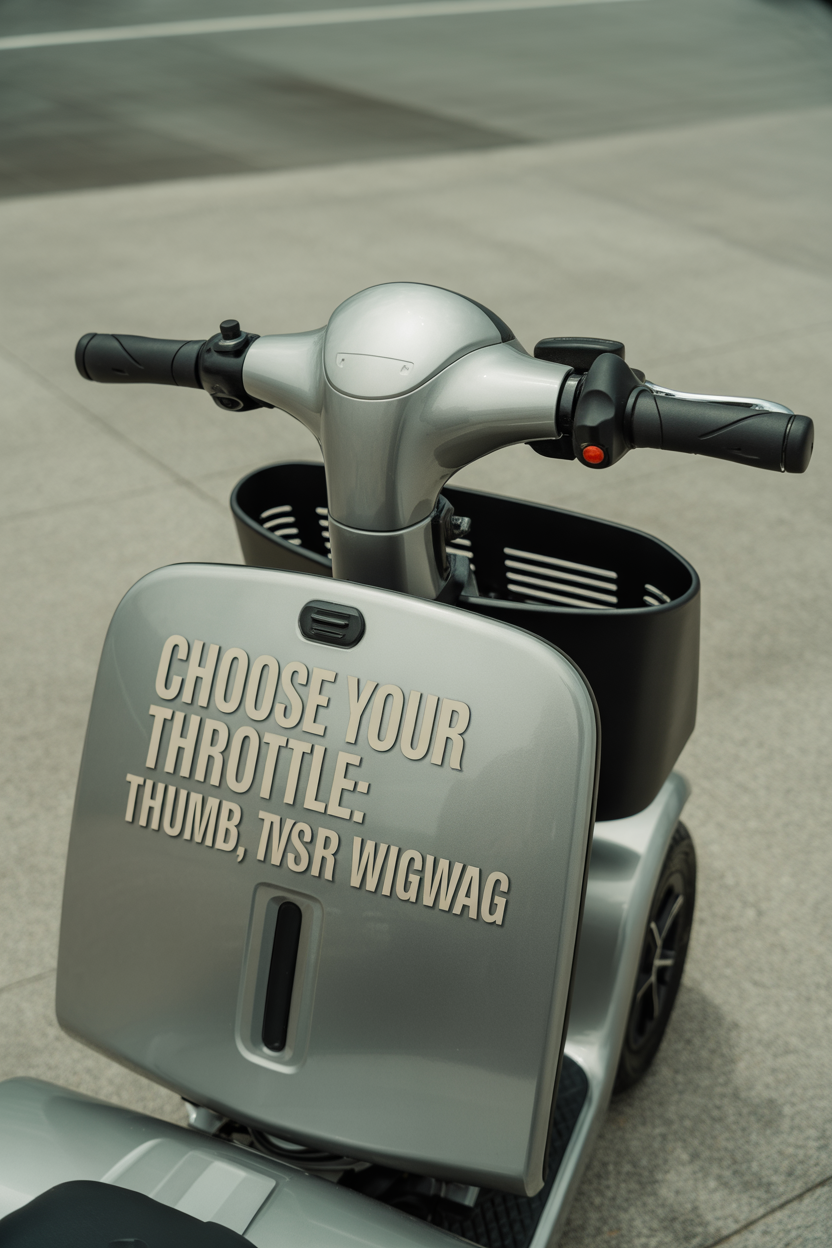
Throttle selection is where your scooter shopping gets exciting, offering three distinct options that cater to different comfort preferences.
Think of choosing your throttle like selecting the perfect wellness tool for your daily routine.
Thumb levers require gentle pressure and are ideal if your hands prefer an easy-going approach to mobility.
They work perfectly for maintaining energy during longer wellness outings without straining your hands.
Twist grips offer a motorcycle-style experience, requiring more grip strength but feeling natural once you develop the rhythm.
This option works well for those who enjoy a more active engagement with their mobility equipment.
The wigwag throttle system stands out as the most adaptable option for varying hand strength.
This innovative design allows you to switch between right and left hand operation effortlessly, supporting your body’s natural fluctuations throughout the day.
Steering Systems and Ergonomic Tiller Features
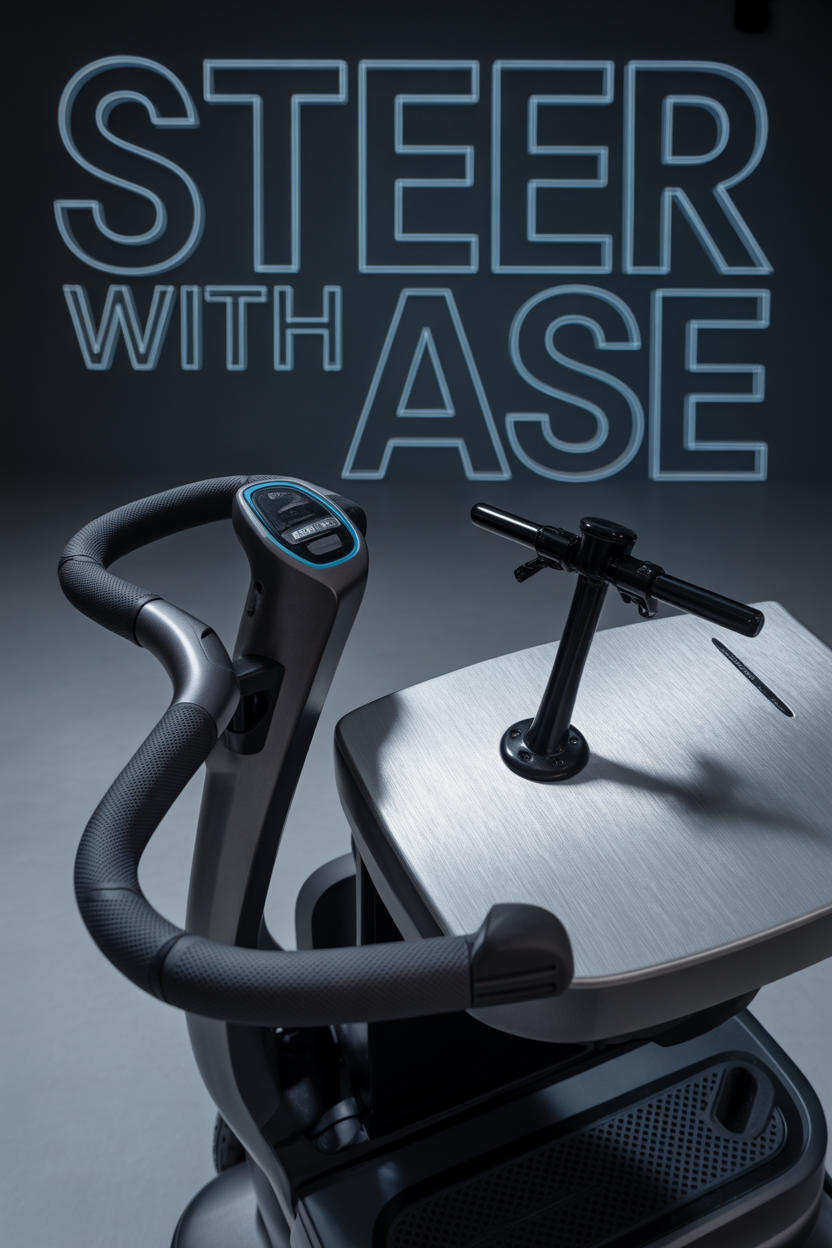
Delta wraparound tillers provide comprehensive comfort with their triangular design and extensive padding.
This steering system offers multiple grip positions and arm rest options, supporting various hand positions during longer rides.
The wraparound design accommodates forearm steering when hand strength varies, making it an excellent choice for adaptive wellness routines.
You can rest your arms comfortably while maintaining full steering control during outdoor therapy sessions.
T-bar tillers offer a minimalist approach with their simple crossbar design.
While straightforward and efficient, they require more consistent reach and grip strength than wraparound options.
Adjustability features improve your steering experience by allowing customization of height, angle, and distance.
These modifications help you create an ergonomic setup that supports proper posture and reduces fatigue during wellness activities.
Essential Braking System Safety Considerations
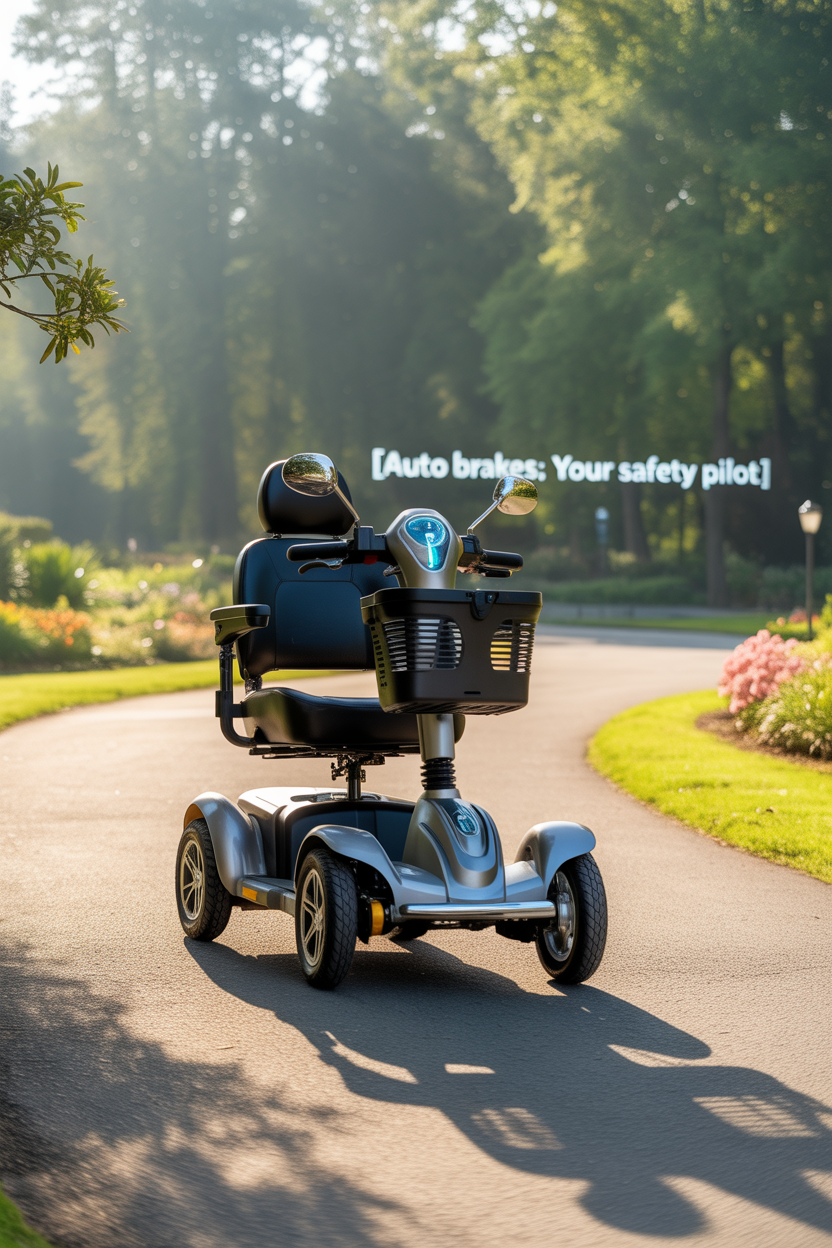
Automatic electromagnetic brakes function as your scooter’s built-in safety guardian, engaging immediately when you release the throttle.
This system requires no physical effort or conscious action, providing consistent stopping power regardless of your energy levels.
They work continuously in the background, ensuring safe stops even during distracted moments or emergency situations.
The automatic engagement prevents rolling on inclines without requiring constant hand pressure or grip strength.
Manual brake systems offer direct control over stopping speed and pressure, similar to bicycle brakes.
While providing excellent control, they require sustained grip strength to maintain stopped position on hills.
This constant squeezing can become fatiguing during longer outings or when your hand strength fluctuates.
For consistent safety during your wellness journeys, automatic brakes eliminate the need to remember manual engagement during unexpected stops.
How to Choose Comfortable and Functional Seating Solutions
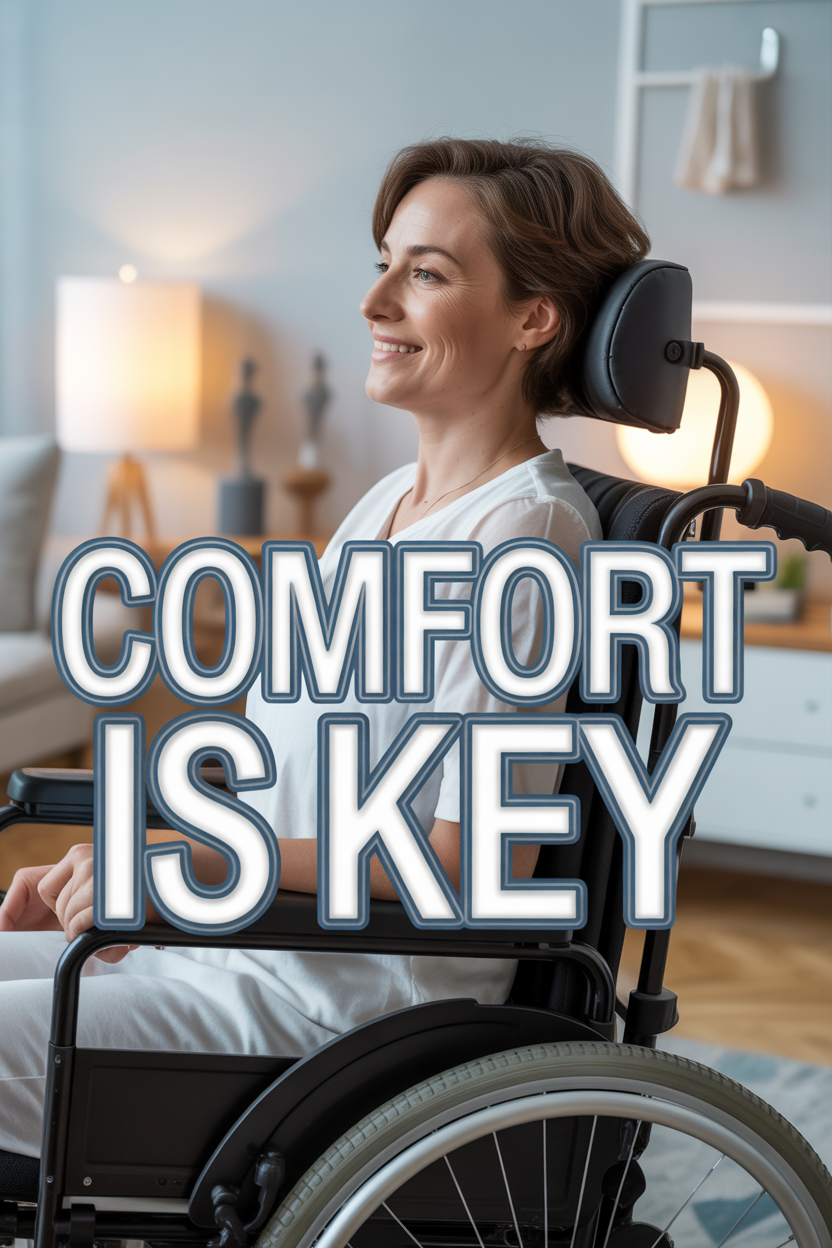
Captain’s seats represent the luxury option in mobility scooter seating, featuring extensive padding and comprehensive support systems.
These seats include tall backrests, cushioned headrests, and padded armrests that create a spa-like comfort experience.
They’re perfect for all-day adventures and longer therapeutic outings where comfort directly impacts your wellness goals.
The superior support helps maintain proper posture and reduces fatigue during extended mobility sessions.
Stadium seats provide excellent comfort without premium luxury features, offering practical padding and solid back support.
This option delivers essential comfort elements while maintaining a more accessible price point for budget-conscious wellness enthusiasts.
Half-seats offer compact efficiency but may limit comfort during longer wellness activities or therapeutic outings.
Consider your typical daily routine and whether quick errands or leisurely exploration define your mobility needs.
Advanced Seat Movement Features for Enhanced Accessibility

Swivel seats revolutionize transfer ease by rotating 360 degrees, eliminating complex positioning maneuvers.
This feature allows you to turn the seat toward your transfer point, sit comfortably, then rotate into driving position.
During social activities, you can face conversations directly rather than straining your neck or repositioning your entire scooter.
However, ensure you can operate the swivel mechanism independently while seated, as most systems require reaching underneath the seat.
Reclining features bring therapeutic positioning to your mobile experience, allowing seat back angle adjustments.
This capability supports optimal comfort positioning and can help manage back pain during longer outings.
Many users find slight recline positions help maintain better posture and reduce fatigue during extended wellness activities.
The adjustable angles accommodate various body sizes and comfort preferences for personalized mobility solutions.
Customizable Seat Adjustments for Optimal Comfort
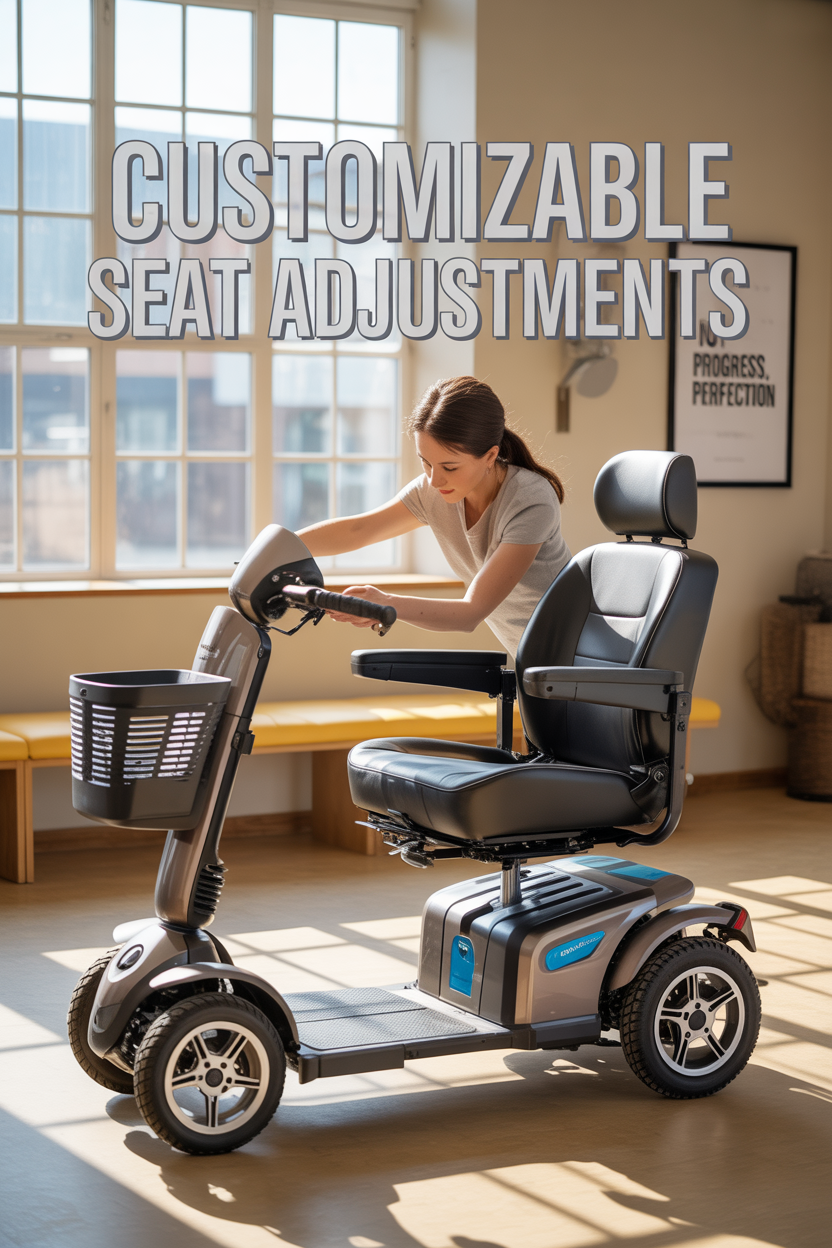
Slider seat mechanisms enable forward and backward positioning to create your ideal distance from controls.
This adjustment helps accommodate different body proportions and reach preferences for optimal ergonomic setup.
Taller users can create more legroom, while shorter individuals can position controls within comfortable reach.
Most slider systems require foot pressure and weight shifting to operate, which may affect usability for some individuals.
Width-adjustable armrests offer ultimate customization for side support and transfer accommodation.
You can widen them for more freedom of movement or narrow them for secure, cozy positioning during rides.
Some users prefer removing armrests entirely for easier transfers or an open feeling during mobility activities.
Focus on adjustments you can operate independently and that genuinely enhance your daily comfort and wellness routine.
Suspension Systems for Enhanced Comfort and Wellness
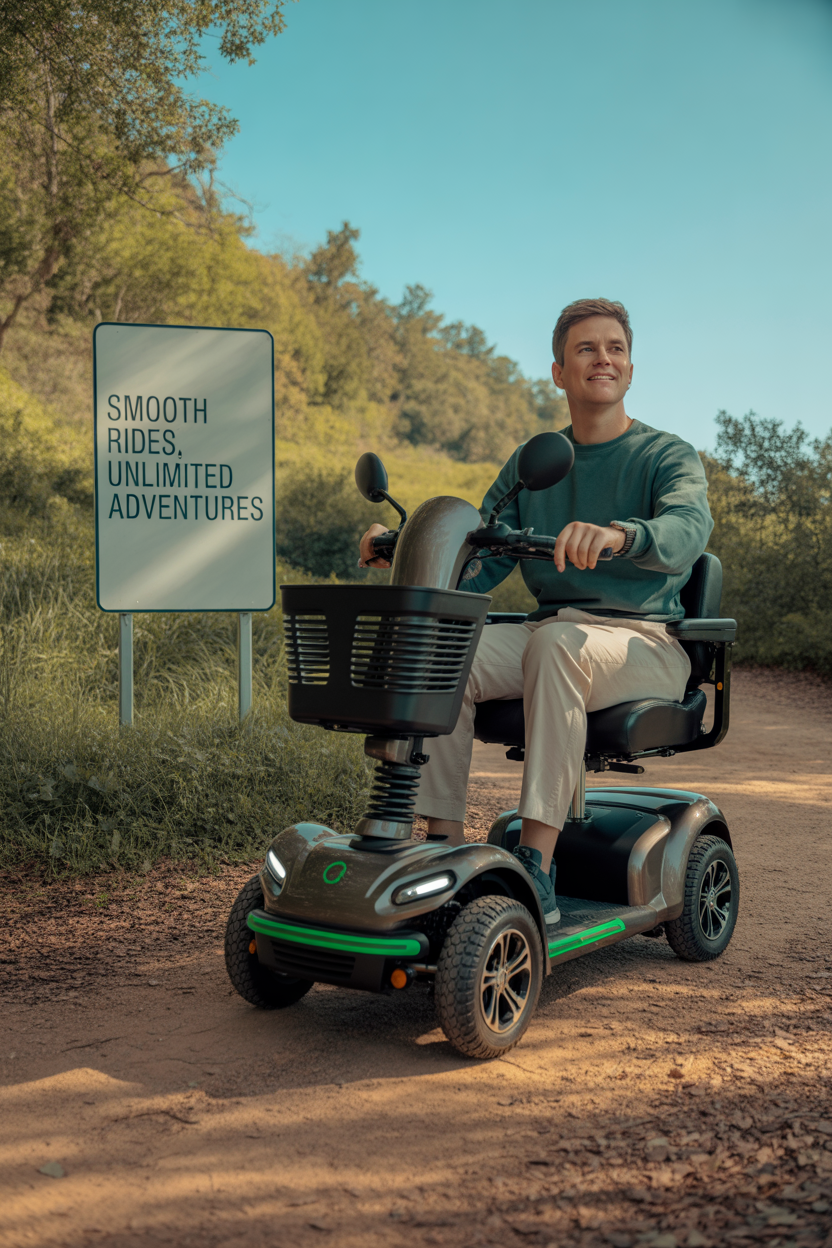
Advanced suspension systems utilize coils positioned above wheels to absorb road impacts and reduce jarring movements.
This technology smooths bumpy surfaces into smooth rides, protecting your body from uncomfortable vibrations.
Quality suspension is especially beneficial for individuals managing pain conditions or sensitivity to jarring motions.
The system works alongside padded seating and quality tires to create a comprehensive comfort experience.
Suspension becomes essential for outdoor wellness adventures on uneven surfaces, gravel paths, or aging pavement.
Without proper suspension, every bump transmits directly through the frame to your body, causing unnecessary discomfort.
Good suspension systems allow you to glide over obstacles smoothly, maintaining comfort during therapeutic outdoor activities.
This feature supports longer wellness outings by reducing fatigue and physical stress from road impacts.
Tire Selection for Smooth and Comfortable Riding

Air-filled tires function as individual shock absorbers, providing superior comfort through cushioned road contact.
They significantly reduce vibration transmission and smooth out road irregularities for a premium riding experience.
These tires are typically found on heavy-duty scooters designed for users prioritizing comfort and smooth operation.
The enhanced comfort makes them ideal for longer wellness outings and therapeutic outdoor activities.
Larger diameter tires roll over obstacles more easily and provide smoother rides on challenging surfaces.
They help you glide over sidewalk cracks and minor obstacles without jarring impacts or uncomfortable bumps.
Air-filled tires require occasional maintenance for pressure checks and potential puncture repairs, similar to bicycle tires.
Most users find the substantial comfort improvement worth this minimal upkeep for enhanced daily wellness mobility.
Important Safety Features and Seatbelt Considerations
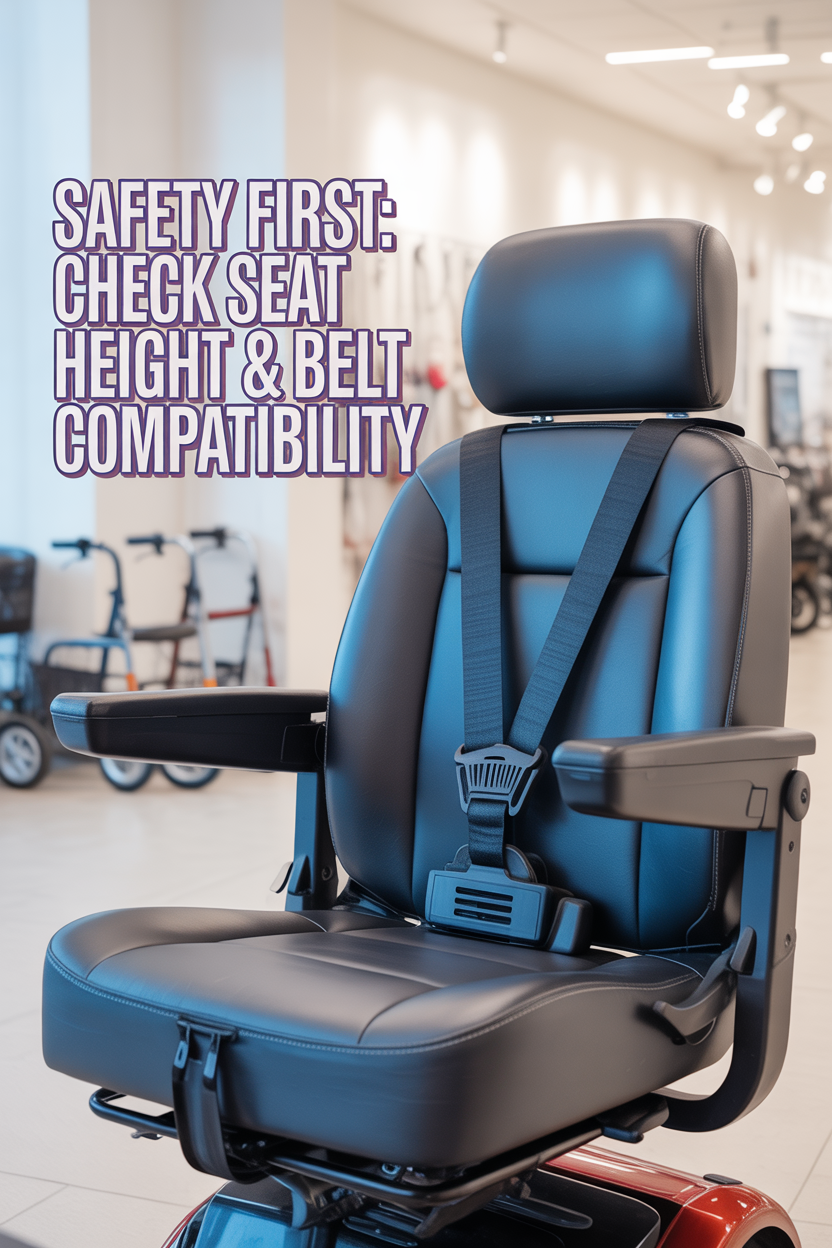
Seatbelt installation requires a seat back reaching at least shoulder height to provide proper anchoring and support.
Captain’s seats and full stadium seats typically offer adequate backing for safe seatbelt operation.
Half-seats may not provide sufficient support for proper seatbelt positioning and function.
Many mobility scooters don’t include seatbelts as standard equipment but can accommodate specialized aftermarket additions.
Choose seatbelts designed specifically for mobility equipment rather than adapting automotive or wheelchair versions.
Proper fit ensures enhanced safety without limiting your independence or daily mobility activities.
During test drives, verify you can buckle and unbuckle the belt easily without assistance.
The seatbelt should sit comfortably without interfering with control operation or your transfer process.
Deck Design and Accessibility Features
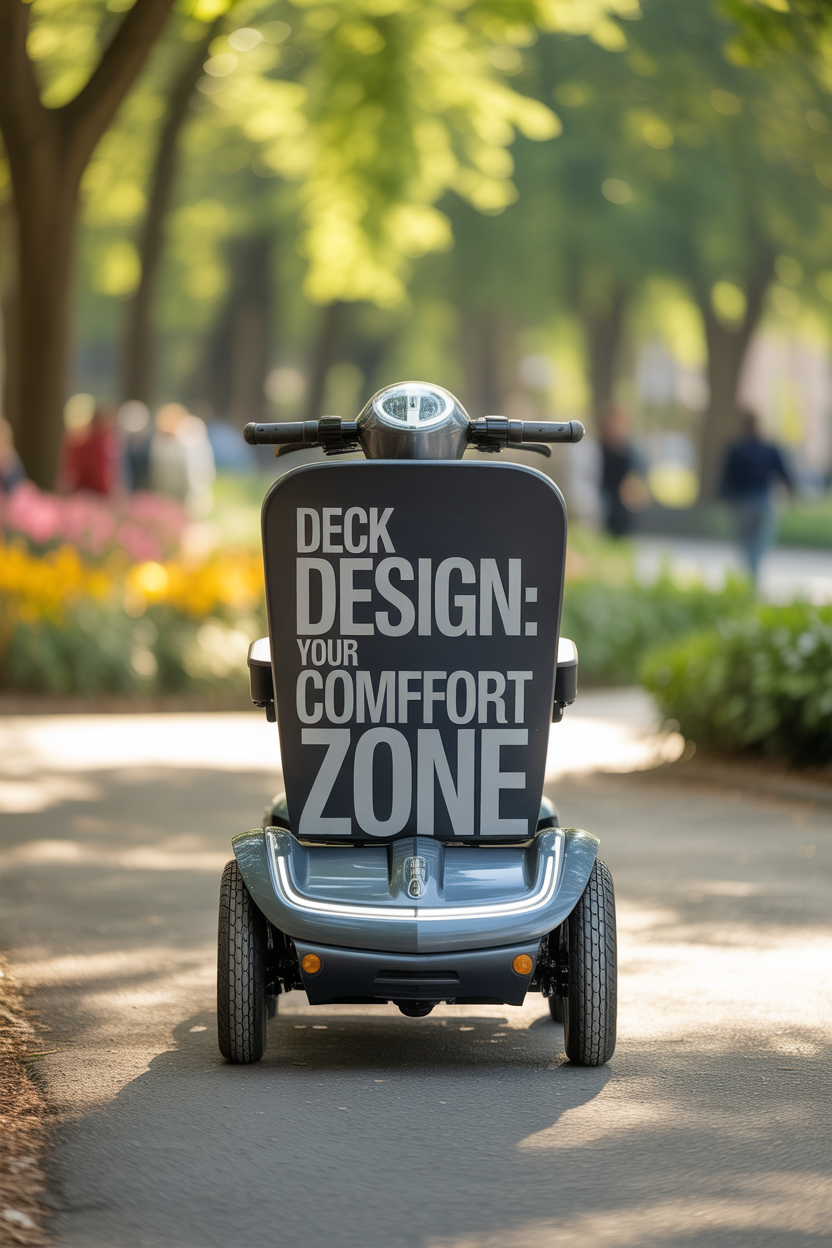
Deck length affects your legroom and reach to controls, similar to choosing between compact and full-size vehicles.
Longer decks provide more space for stretching but may require longer reach for comfortable steering control.
Most full-size models feature approximately 40-inch decks, though shorter options exist for more compact setups.
Consider your arm length and preferred seating position when evaluating deck length options.
Deck height determines the step-up requirement for accessing your seat and affects ground clearance for obstacles.
Lower decks make transfers easier but may scrape over speed bumps or curbs during outdoor adventures.
Higher decks provide better obstacle clearance but require more effort during transfer activities.
Ensure adequate space between your seat and controls for comfortable posture and safe operation without cramping.
Practical Storage Solutions for Daily Needs
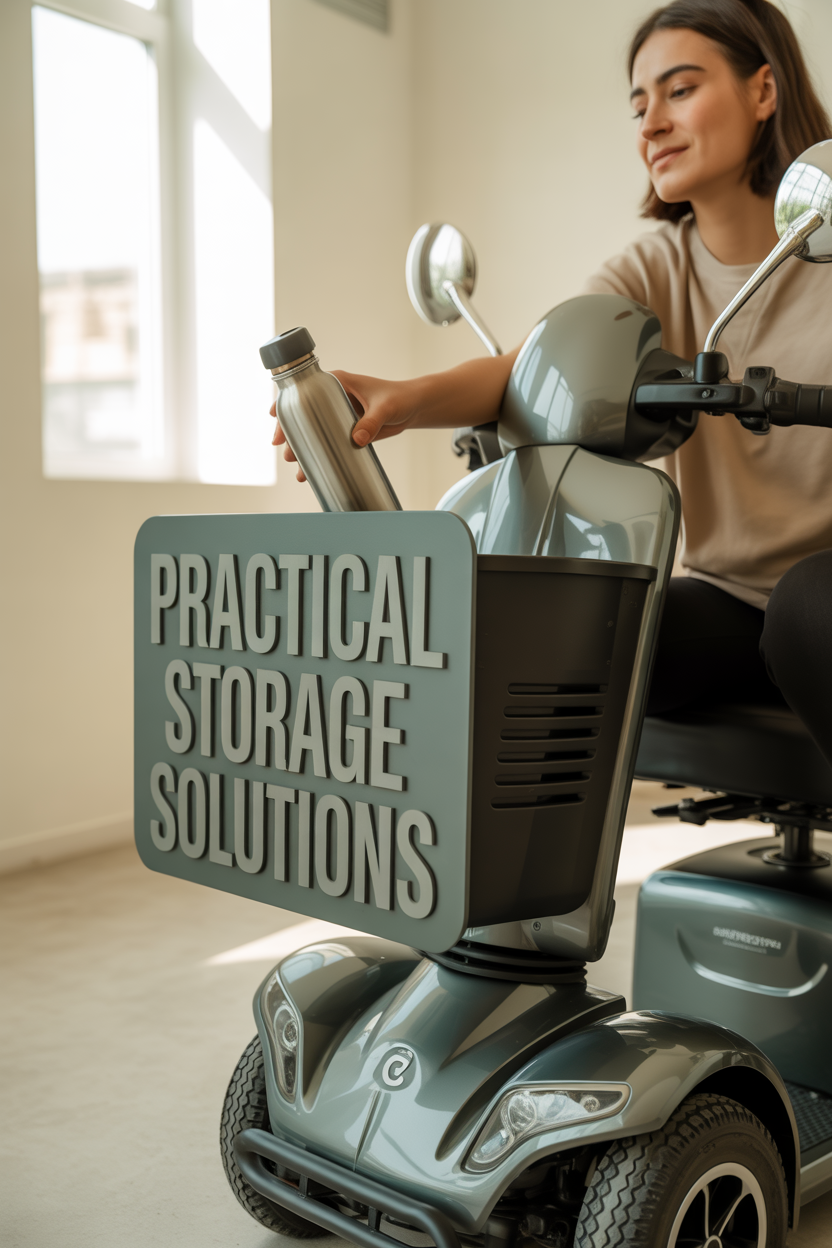
Built-in storage compartments provide secure, accessible space for personal items, medical supplies, and wellness accessories.
Look for storage you can reach while seated, with secure closures that protect contents during movement.
Consider your typical daily carry items and choose storage solutions that meet your real-world needs.
Accessible storage supports independence by keeping essential items within reach during mobility activities.
Hitch accessories offer versatile transportation options for canes, crutches, or medical equipment.
These clever attachments connect to your scooter’s rear, keeping essential items secure but accessible.
Basket options vary significantly in placement and capacity, each offering different advantages for daily use.
Front baskets provide easy access but can affect steering when loaded with heavy items, while rear baskets offer more capacity but require reaching behind you.
Size Considerations for Your Living Environment
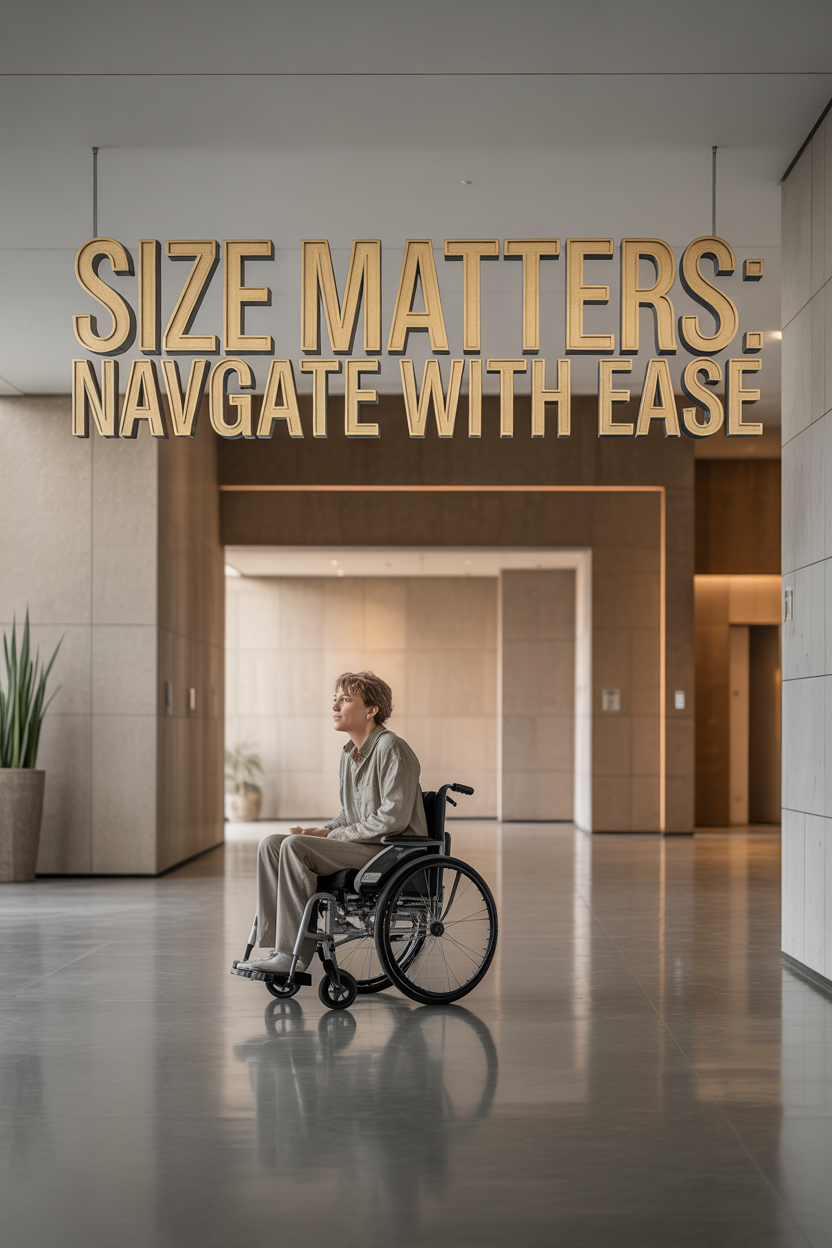
Balancing comfort features with maneuverability requires careful consideration of your primary usage environments.
Larger scooters offer enhanced comfort and stability but may struggle in tight indoor spaces.
Smaller models navigate narrow areas easily but might sacrifice comfort during longer outdoor wellness activities.
Measure doorways in your home and frequently visited buildings to ensure comfortable passage with room to spare.
Standard residential doorways typically range from 32-36 inches wide, but older homes may have narrower passages.
Consider turning radius requirements in addition to width for maneuvering in tight spaces.
Plan transportation methods if you intend to take your scooter on wellness outings or medical appointments.
Some models disassemble for easier transport, while others require specialized vehicle lifts or carriers.
Testing and Trial Options for Informed Decisions
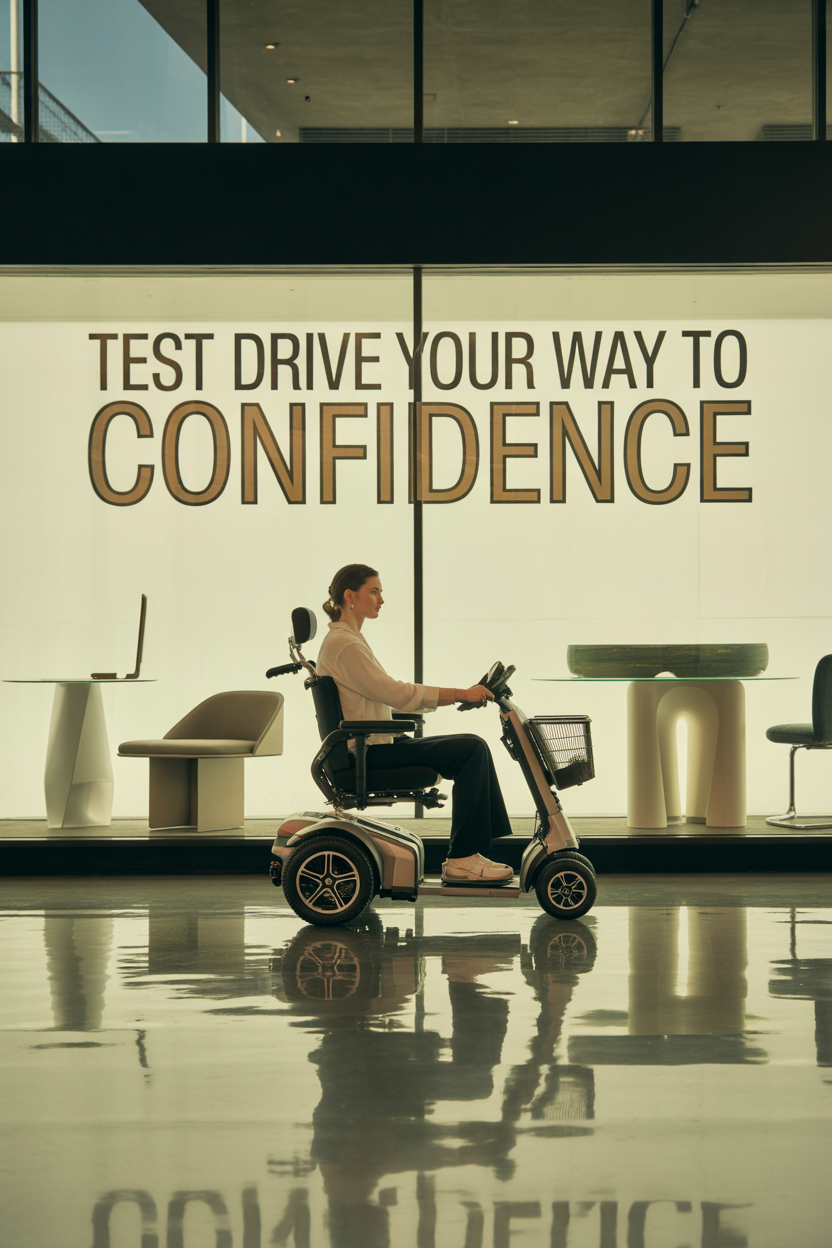
Comprehensive test drives provide essential hands-on experience beyond brief showroom demonstrations.
Request extended trial periods or in-home demonstrations to test your potential scooter in real-world environments.
Practice all daily functions including transfers, control operation, and maneuvering in various spaces.
Test parking, turning around, and backing up to ensure confidence with every aspect of operation.
Inquire about return policies and adjustment periods that allow model exchanges if your first choice doesn’t meet expectations.
Ask about return conditions and any restocking fees to protect your investment in mobility independence.
Clarify what condition the scooter must be in for returns and whether trial periods affect warranty coverage.
Use trial periods to verify that all features work as expected and enhance your daily wellness routine.
Budget Planning and Insurance Coverage Options

Research insurance coverage possibilities before shopping, as many plans cover mobility scooters under medical necessity circumstances.
Medicare and Medicaid have specific requirements and documentation needs for coverage approval.
Private insurance coverage varies significantly, so review your specific benefits carefully for pleasant surprises.
Learning about coverage options can significantly impact your out-of-pocket investment in mobility independence.
Compare pricing between basic models and feature-rich options to find the optimal balance of needs and budget.
Mid-level models often provide essential comfort and safety features without premium pricing.
Create a prioritized list of must-have versus nice-to-have features to guide budget decisions without overwhelming choices.
Factor in potential aftermarket accessories like enhanced cushions, storage solutions, or specialized safety equipment when planning your total investment in wellness mobility.



